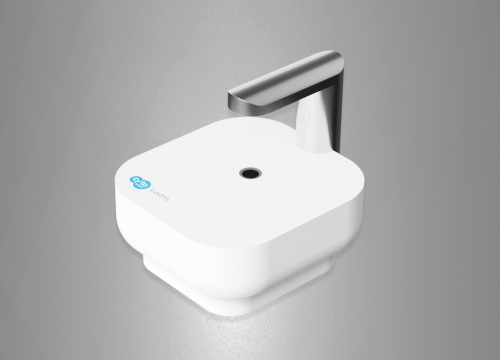Authors: Yonker LM, Marand A, Muldur S, Hopke A, Leung HM, De La Flor D, Park G, Pinsky H, Guthrie LB, Tearney GJ, Irmia D, Hurley BP.
United States of America Journal of Cystic Fibrosis, Volume 20, Issue 6, 2021
Background: Excessive neutrophil inflammation is the hallmark of cystic fibrosis (CF) airway disease. Novel technologies for characterizing neutrophil dysfunction may provide insight into the nature of these abnormalities, revealing a greater mechanistic understanding and new avenues for CF therapies that tar- get these mechanisms. Methods: Blood was collected from individuals with CF in the outpatient clinic, CF individuals hospital- ized for a pulmonary exacerbation, and non-CF controls. Using microfluidic assays and advanced imaging technologies, we characterized 1) spontaneous neutrophil migration using microfluidic motility mazes, 2) neutrophil migration to and phagocytosis of Staphylococcal aureus particles in a microfluidic arena, 3) neutrophil swarming on Candida albicans clusters, and 4) Pseudomonas aeruginosa -induced neutrophil transepithelial migration using micro-optical coherence technology (μOCT). Results: Participants included 44 individuals: 16 Outpatient CF, 13 Hospitalized CF, and 15 Non-CF indi- viduals. While no differences were seen with spontaneous migration, CF neutrophils migrated towards S. aureus particles more quickly than non-CF neutrophils (p < 0.05). CF neutrophils, especially Hospitalized CF neutrophils, generated significantly larger aggregates around S. aureus particles over time. Hospitalized CF neutrophils were more likely to have dysfunctional swarming (p < 0.01) and less efficient clearing of C. albicans (p < 0.0 0 01). When comparing trans-epithelial migration towards Pseudomonas aeruginosa ep- ithelial infection, Outpatient CF neutrophils displayed an increase in the magnitude of transmigration and adherence to the epithelium (p < 0.05). Conclusions: Advanced technologies for characterizing CF neutrophil function reveal significantly altered migratory responses, cell-to-cell clustering, and microbe containment. Future investigations will probe mechanistic basis for abnormal responses in CF to identify potential avenues for novel anti-inflammatory therapeutics.
